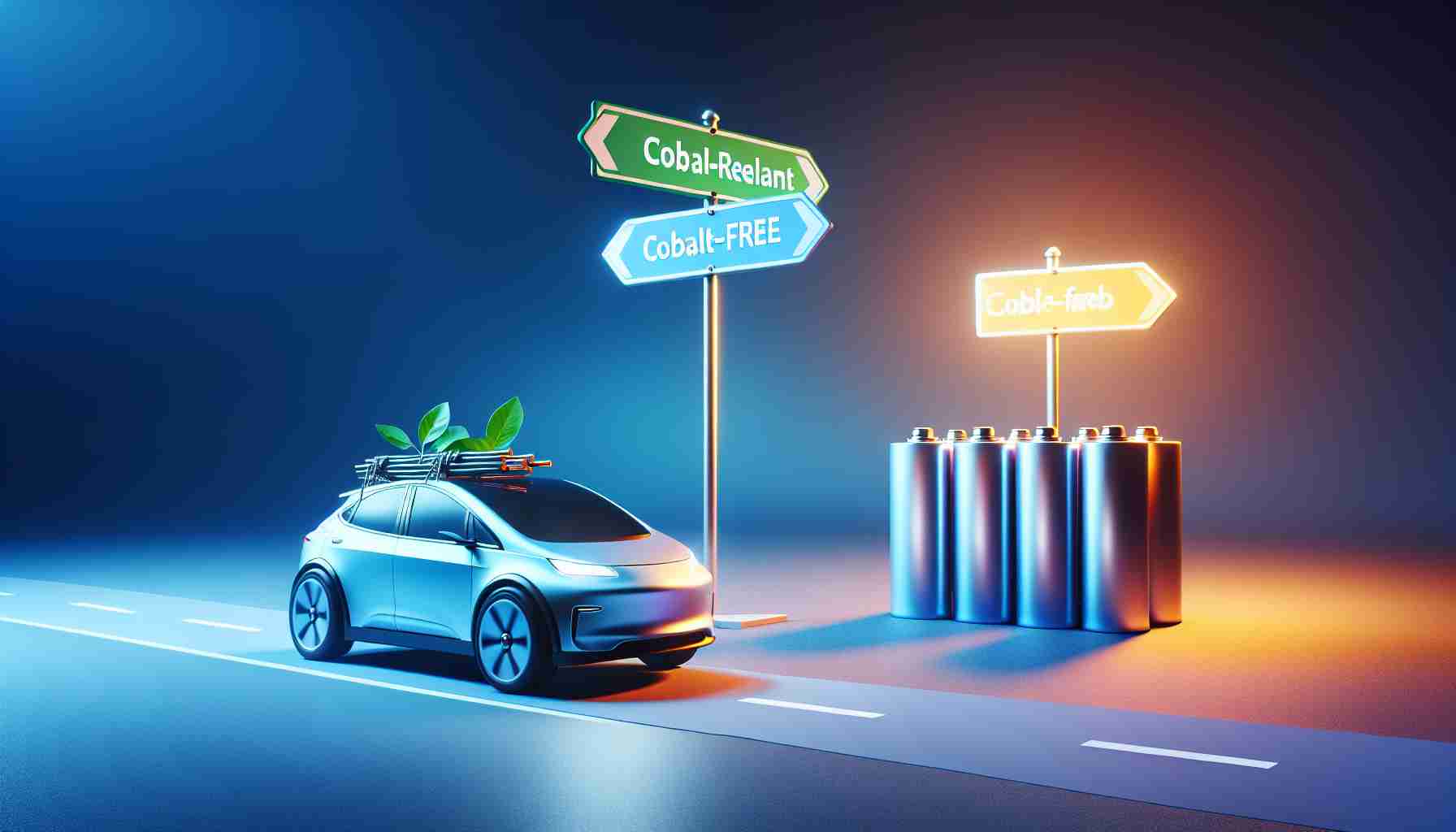An industry shaking announcement was made today as major automakers gear up to transition towards lithium-iron phosphate(LFP) batteries, reducing cost and environmental impact. General Motors revealed plans to revolutionize the electric vehicle (EV) market by embracing LFP technology, a move that could slash costs by up to $6,000 per vehicle. This shift marks a departure from the conventional nickel cobalt manganese(NCM) batteries, enhancing safety and sustainability while eliminating cobalt reliance.
Noteworthy trendsetters like Ford and EVE Energy have cast their votes in favor of LFP batteries, embarking on ambitious investments to bolster production capabilities within the US market. Ford’s $3.5 billion initiative to establish an LFP plant in Michigan reflects a significant industry pivot towards this cost-effective and cobalt-free battery chemistry. This strategic maneuver challenges the dominance of NCM batteries and sets the stage for widespread adoption of LFP technology globally.
While recognizing the advantages of LFP batteries, experts caution that NCM batteries will persist as the primary choice for EV manufacturers in the near term. The quest to reduce cobalt content in NCM batteries remains a priority, fueled by the quest for enhanced energy density and driving range. GM’s proactive initiatives, including the establishment of a cutting-edge battery R&D department and strategic partnerships with South Korean giants, underscore the company’s commitment to outpacing competitors in the dynamic EV landscape.
The Electric Vehicle Market Adapts: Overcoming Challenges in the Transition to Cobalt-Free Batteries
The transition towards cobalt-free batteries in the electric vehicle (EV) market brings to light several important questions and challenges as industry players navigate this shift. Let’s delve into some key aspects that are shaping this evolving landscape.
1. What are the main challenges associated with the shift to cobalt-free batteries?
One of the primary challenges lies in maintaining or improving the energy density and driving range of EVs while phasing out cobalt. Cobalt has traditionally played a crucial role in enhancing the performance of batteries, and finding alternative materials that can match or exceed its capabilities remains a pressing challenge for manufacturers.
2. How do cobalt-free batteries compare to traditional cobalt-reliant batteries in terms of advantages and disadvantages?
One of the key advantages of cobalt-free batteries, such as lithium-iron phosphate(LFP) batteries, is their reduced cost and environmental impact. By eliminating cobalt reliance, manufacturers can potentially lower production costs and promote sustainability in the EV supply chain. However, the energy density and overall performance of cobalt-free batteries may not yet match that of cobalt-reliant batteries, posing a hurdle in achieving similar driving ranges and efficiency.
3. What steps are automakers taking to address these challenges and drive the adoption of cobalt-free batteries?
Automakers are investing heavily in research and development to explore new battery chemistries and technologies that can offer competitive performance without cobalt. Strategic partnerships with battery suppliers and technological innovations in battery design are key strategies being employed to advance the development of cobalt-free solutions.
Despite the advantages of cobalt-free batteries, the industry recognizes that a gradual transition is necessary to ensure a seamless shift without compromising the performance and reliability of EVs. Balancing cost considerations, environmental sustainability, and technological advancements will be essential in driving the widespread adoption of cobalt-free batteries in the EV market.
For further insights on the evolving landscape of electric vehicles and sustainable battery technologies, visit Electric Vehicle Magazine.
https://youtube.com/watch?v=5cFiMrkhFmg













